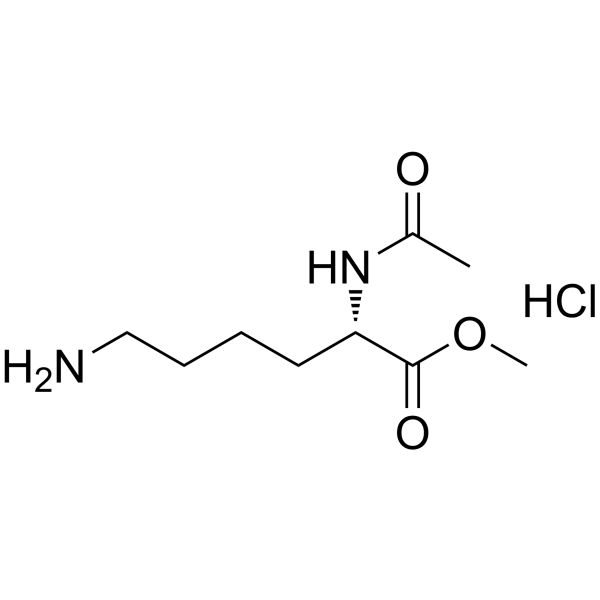Characterization of antibodies to advanced glycosylation end products on protein.
H Nakayama, S Taneda, T Mitsuhashi, S Kuwajima, S Aoki, Y Kuroda, K Misawa, K Yanagisawa, S Nakagawa
Index: J. Immunol. Methods 140(1) , 119-25, (1991)
Full Text: HTML
Abstract
Antibodies directed against advanced glycosylation end products (AGEs) formed during a Maillard reaction have been generated and characterized. Since protein-bound AGEs recognized by the antibodies were labile to acid hydrolysis, the antibodies were further characterized by using the AGE-alpha-acetyl-L-lysine methyl ester (AGE-ALME) with a brown and fluorescent property as well as the AGE-proteins. The antibodies reacted with fluorescent compounds, rather than brown pigment compounds, in the AGE-ALME. The fluorescent compounds in the AGE-ALME were separated into four fluorescent compounds by reversed-phase thin layer chromatography (TLC). Of the fluorescent compounds tested, compound 3 (Rf = 0.63), as designated on a TLC plate, showed the highest affinity for the antibodies. In addition, the antibody recognition to the cross-linked oligomers with fluorescence in the AGE-protein was investigated by using bovine pancreatic ribonuclease A (RNase), which is known as a model protein for studying AGE-induced cross-linking. Fluorescence in the AGE-RNase existed in both of the oligomers and the monomer. The cross-linked oligomers exhibited higher affinity to the antibodies than did the monomer, which has a similar degree of fluorescent intensity. These results indicate that our antibodies against cross-linked protein-bound AGEs may serve as a useful tool to elucidate pathophysiological roles of advanced Maillard reaction in diabetic complications and aging processes.
Related Compounds
| Structure | Name/CAS No. | Molecular Formula | Articles |
|---|---|---|---|
 |
Ac-Lys-Ome HCl
CAS:20911-93-7 |
C9H19ClN2O3 |
|
DNA-protein cross-links between guanine and lysine depend on...
2008-01-16 [J. Am. Chem. Soc. 130(2) , 703-9, (2008)] |
|
Antifibrinolytic activities of alpha-N-acetyl-L-lysine methy...
1992-06-01 [Arterioscler. Thromb. 12(6) , 708-16, (1992)] |
|
Transforming growth factor-beta is activated by plasmin and ...
2005-01-01 [J. Vasc. Res. 42(3) , 247-54, (2005)] |
|
Plasmin-mediated fibroblast growth factor-2 mobilisation sup...
2001-01-01 [J. Vasc. Res. 38(5) , 492-501, (2001)] |